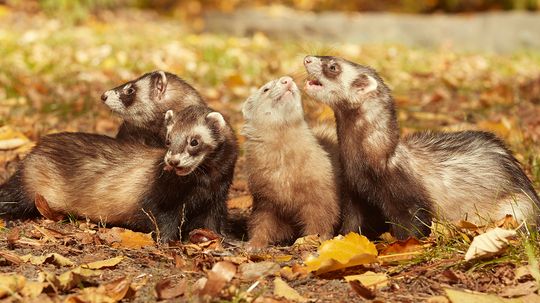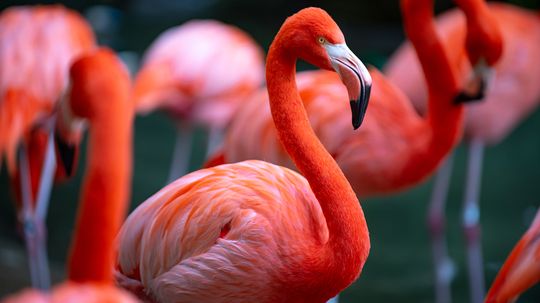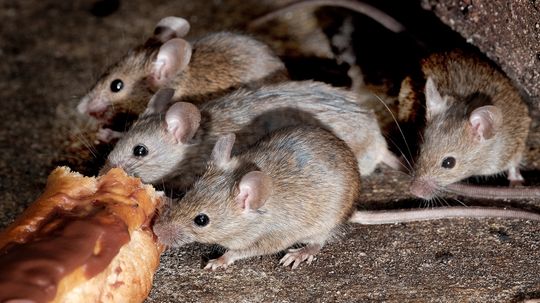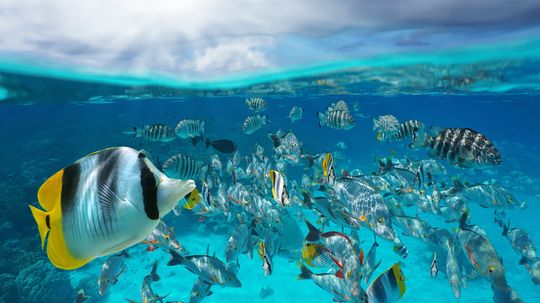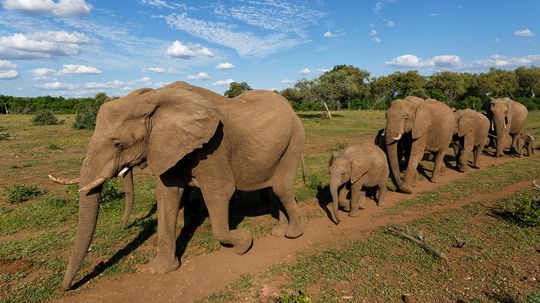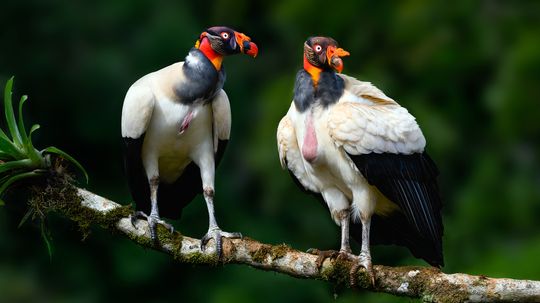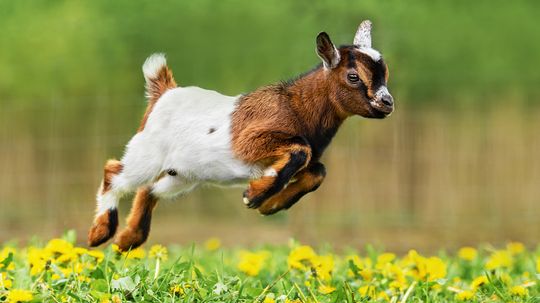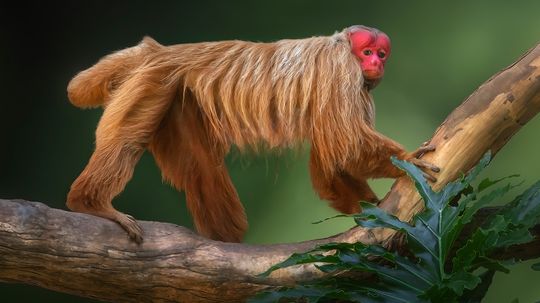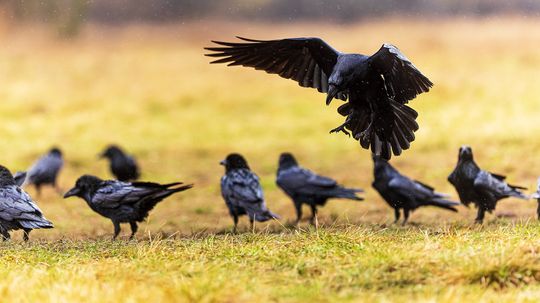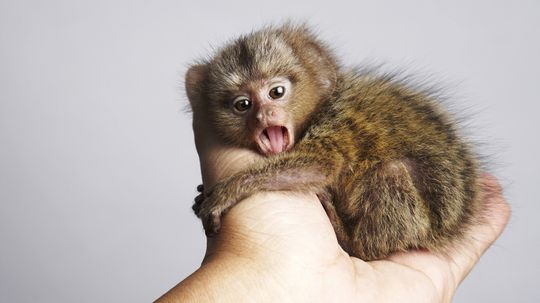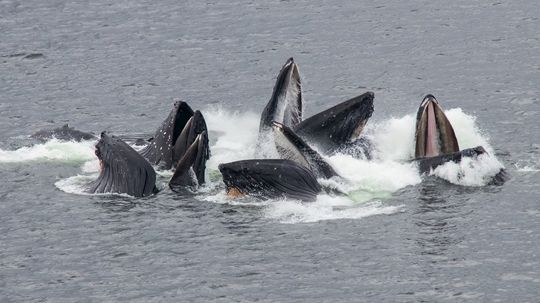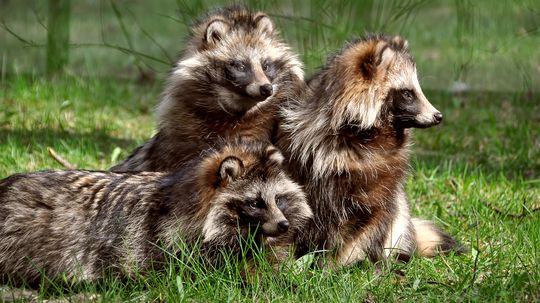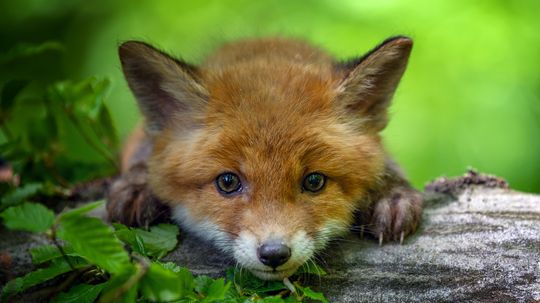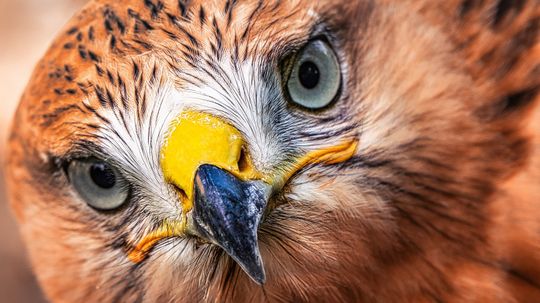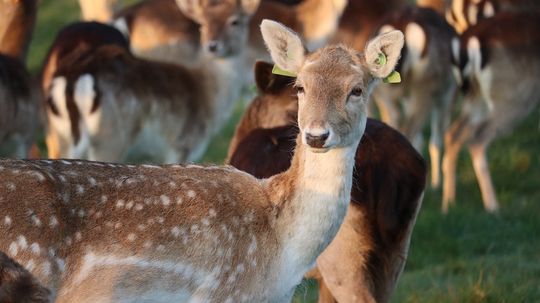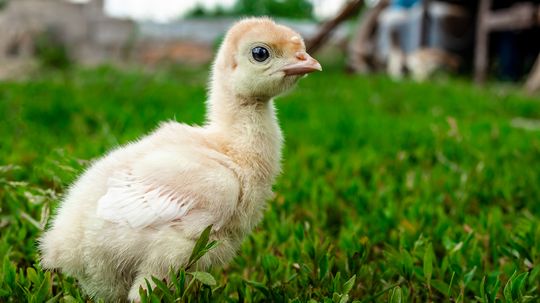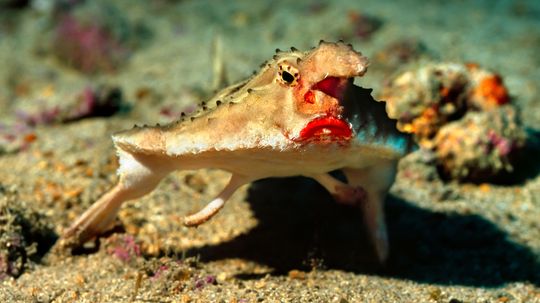Wild Animals
Whether they crawl, fly, swim, slither, walk, run or pounce, wild animals rely on their instincts. Read about all kinds of wild animals, mammals, birds, fish, insects, reptiles and amphibians.
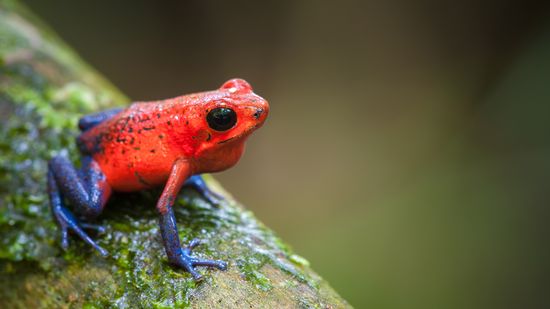
12 Colorful Frog Species: From Tie-dyed Designs to Rare Hues
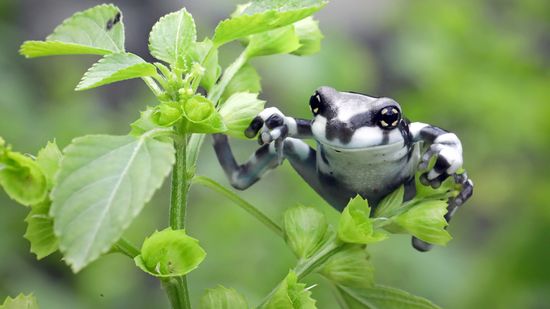
Amazon Milk Frog: Named for Its Defense, Not Its Color
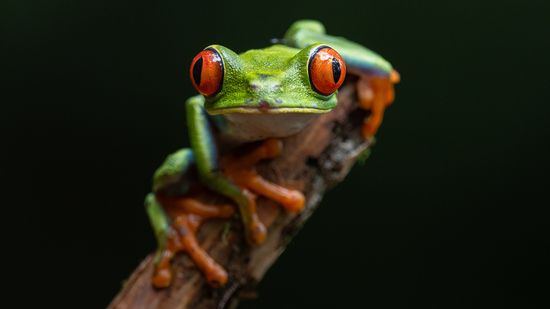
The Red-eyed Tree Frog Has Extremely Sensitive Skin
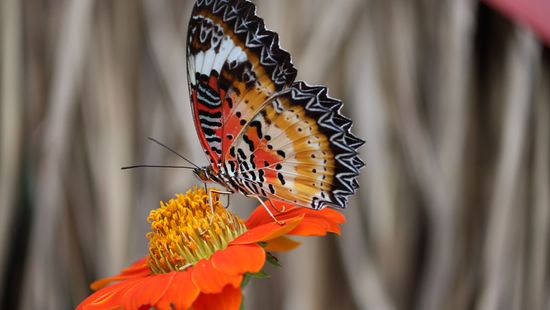
10 Red Butterfly Species Found From India to Florida to Europe
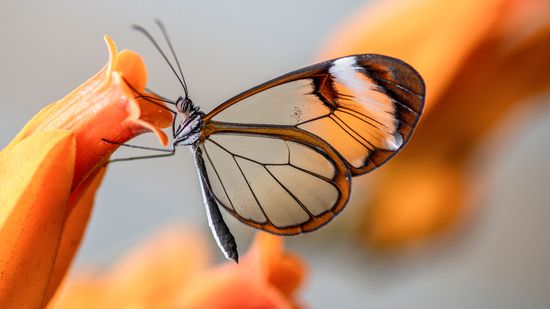
How the Glasswing Butterfly Flutters (Almost) Invisibly
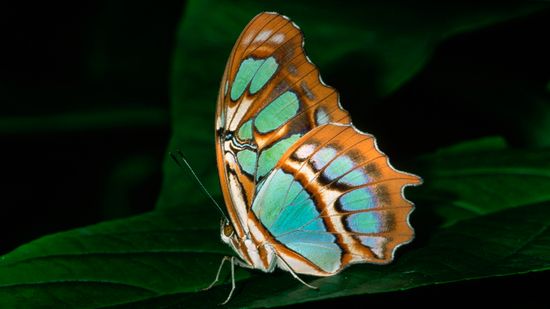
6 Green Butterfly Species Blending in With Their Environments

What Is a Group of Flamingos Called? Not a Flock, Another 'F' Word
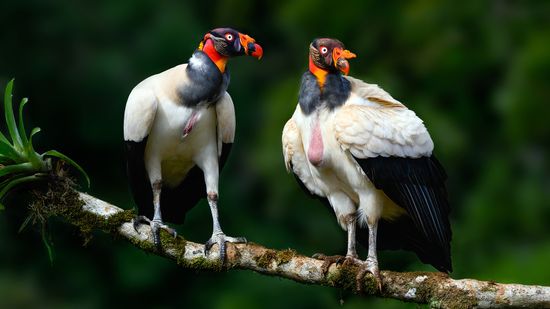
7 Ugliest Bird Species: Evolutionary Qualities That Aren't So Pretty
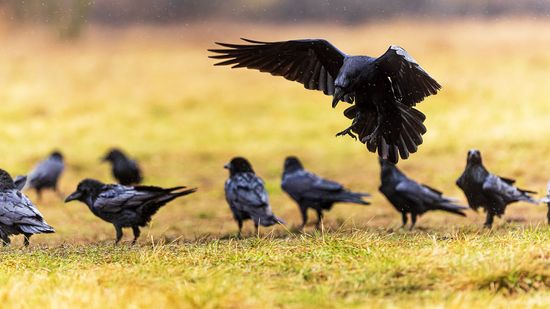
What's a Group of Ravens Called? Not a Murder (That's Crows)
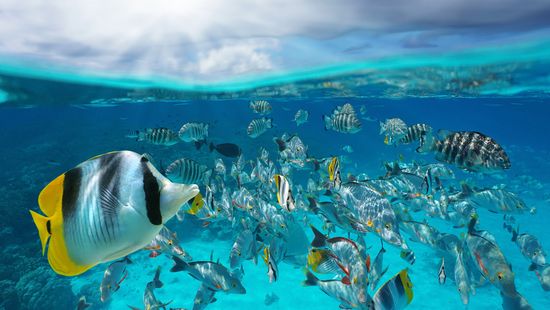
What Is a Group of Fish Called? Not Always a School
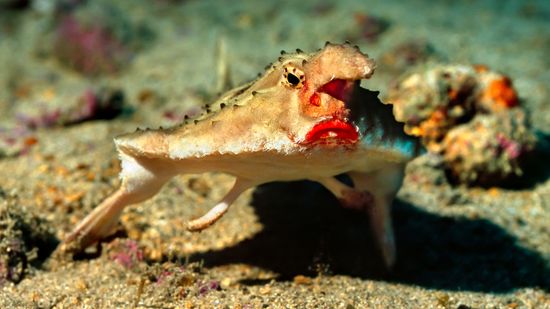
10 Weirdest Fish in the World: Batfish, Hairy Frogfish, and More
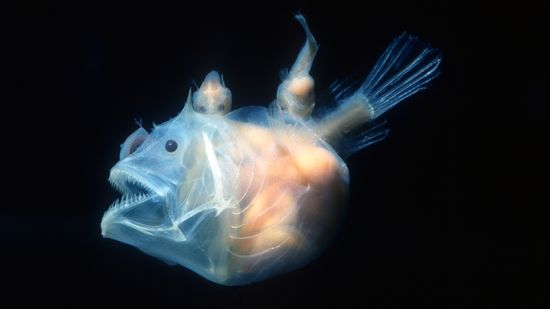
10 Scariest Fish Lurking in Rivers, Deep Ocean Waters, and Shells
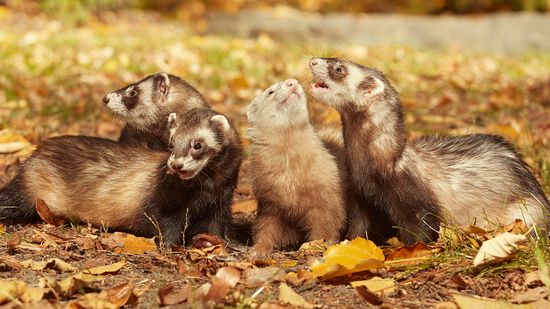
What Is a Group of Ferrets Called? You're Such a Busybody
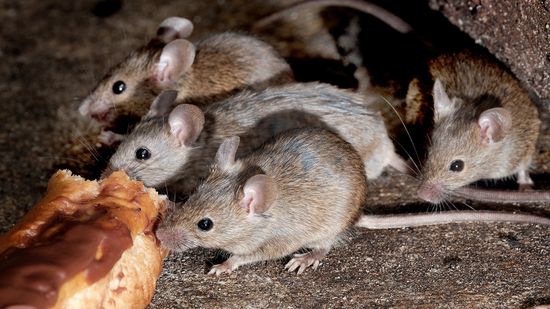
What Is a Group of Mice Called? Not Always a Colony
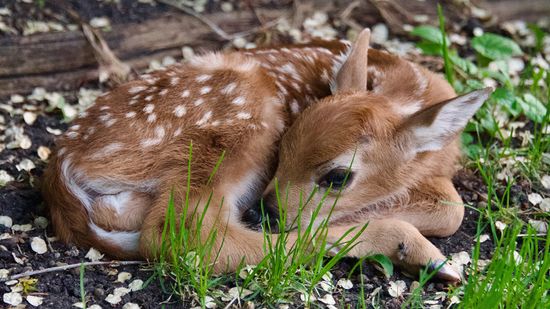
What Is a Baby Deer Called? (Aside From Adorable)
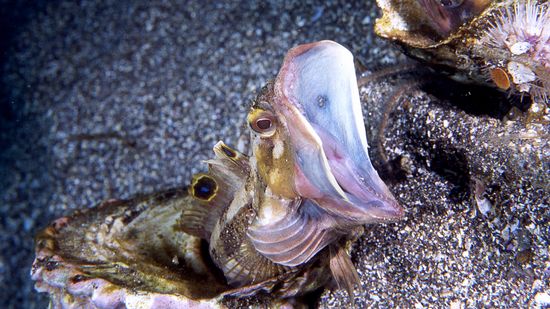
10 of the Scariest Sea Creatures Lurking in the Ocean's Depths
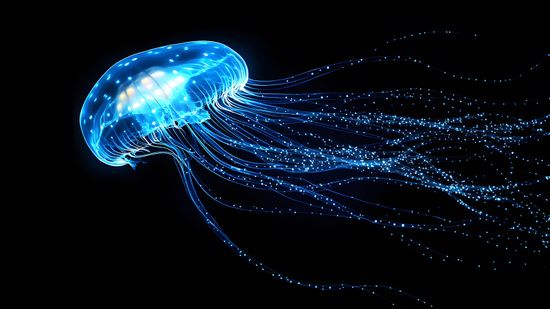
How Bioluminescent Jellyfish Get Their Signature Glow
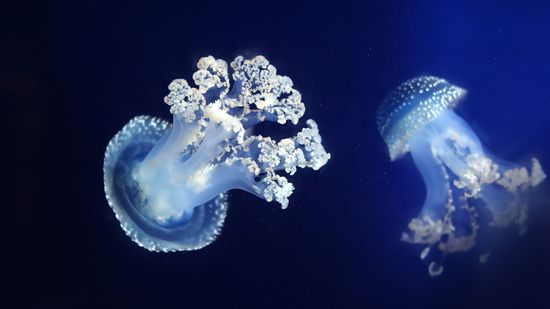
White Spotted Jellyfish: Cute Until They Become Invasive
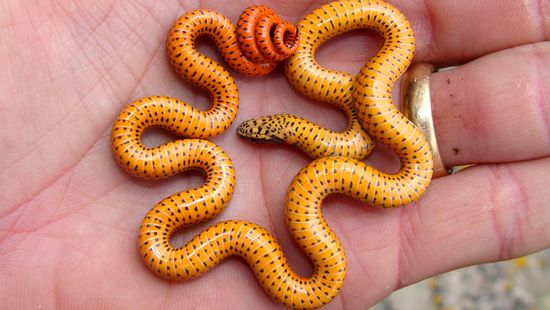
10 Cutest Snake Species That Have Us Squeeing
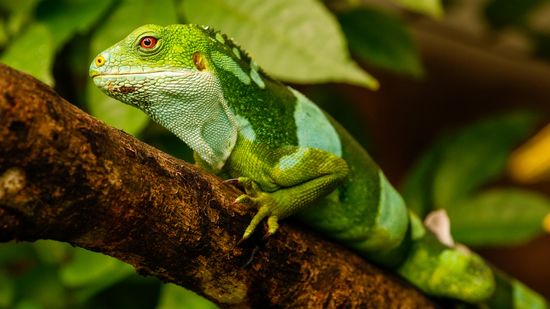
10 Colorful Lizards to Delight Reptile Lovers

Python vs. Anaconda: Comparing Snakes and Software Languages
Learn More
OK, you asked your friend, "What is a group of ferrets called," and they gave you a ridiculous answer: a business.
By Nico Avelle
Ever spot a bunch of tall pink birds gathered by the water and wondered, "What is a group of flamingos called?" The answer is as colorful as the birds themselves: a flamboyance.
By Nico Avelle
Ever hear something rustling in the walls or darting across the floor and wonder what to call more than one mouse?
By Nico Avelle
Advertisement
A group of fish swimming together is usually called a school or a shoal, but these terms aren't interchangeable.
By Nico Avelle
If you stumble upon a wobbly-legged baby in the woods with big ears and spots on its back, you might wonder, what is a baby deer called?
By Nico Avelle
If you've ever seen elephants moving through the savannah or a dense forest, you might wonder, what is a group of elephants called?
By Nico Avelle
Beauty is in the eye of the beholder, but in the bird world, some species seem designed to challenge that idea. These contenders for ugliest bird species sport bald heads, bare skin, and off-putting features that serve real evolutionary purposes.
By Nico Avelle
Advertisement
If you're diving into farm life or flipping through books on animals, you might stop and ask: What is a baby goat called? Goats are familiar faces on farms around the world, but their baby names sometimes trip people up.
By Nico Avelle
Some monkeys win the genetic lottery. Others? Not so much. The ugliest monkey isn't a single species—it's a whole gallery of primates that make you do a double take, then wonder if evolution was playing a prank.
By Nico Avelle
Words matter, especially when they echo through the trees. If you've ever seen a cluster of ravens swooping across a forest or perched on a fence post, you might wonder: What is a group of ravens called?
By Nico Avelle
Some animals are so small they seem more like toys than creatures of the wild. Take the finger monkey, for example. Also known as the pygmy marmoset, it's the smallest monkey in the world and could fit snugly in the palm of your hand.
By Nico Avelle
Advertisement
If you've ever visited a farm or watched an equine video online, you may have wondered, what is a baby horse called? Whether you're learning horse terminology or just curious about animal life, the answer is simpler than you might think.
By Nico Avelle
You’ve probably heard the term before, but what is a group of whales called? It’s not just trivia night bait; it says a lot about whale behavior. The word we use tells us how these massive marine mammals operate beneath the waves.
By Nico Avelle
With its plump belly, mischievous eyes and habit of showing up in Japanese gardens as stone statues, the tanuki blurs the line between myth and reality.
By Nico Avelle
If you've ever seen a tiny fox scamper across a field or curl up in a rescue shelter video, you might wonder, what is a baby fox called? Like, officially speaking?
By Nico Avelle
Advertisement
You don’t need to go on safari to see giants. The largest birds in North America soar through skies, stalk wetlands and impress with sheer size.
By Nico Avelle
When lions gather in the wild, they form a unique and powerful social unit. So, what is a group of lions called? The correct term is a pride.
By Nico Avelle
If you’ve seen several deer grazing together in a field or darting across a forest path, you may have wondered: What is a group of deer called?
By Nico Avelle
When you spot a wild turkey strutting across a field, it's easy to forget they start out tiny and fluffy. So, what is a baby turkey called? The answer is short and sweet: poult.
By Nico Avelle
Advertisement
Not everyone thinks "cute" when they hear the word "snake," but some serpents are changing hearts and memes alike.
By Nico Avelle
If you’ve ever spotted a bunch of turkeys strutting through a field or pecking around a barnyard, you might wonder: What is a group of turkeys called?
By Nico Avelle
A panda munching bamboo is one of nature's most iconic sights. But what if you saw more than one? You might wonder, what is a group of pandas called?
By Nico Avelle
Earth’s oceans are home to some seriously strange swimmers. From fish with transparent heads to bottom dwellers that pack an electric punch, the weirdest fish in the world come in all shapes and sizes.
By Nico Avelle
Advertisement
You don’t have to swim in the Mariana Trench to meet some of the scariest fish on Earth. The ocean is home to creatures that look like they swam out of a nightmare.
By Nico Avelle
The ocean is full of beauty, but it also hides some of the scariest sea creatures on the planet. Many of these animals lurk far below the ocean's surface, in the dark, high-pressure world of the deep sea.
By Nico Avelle
